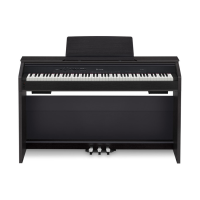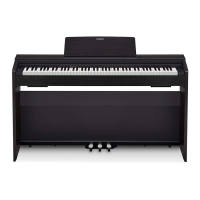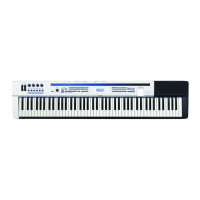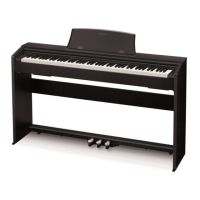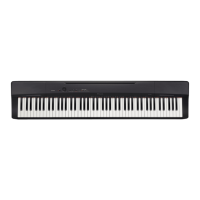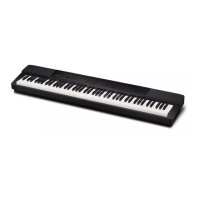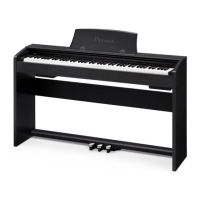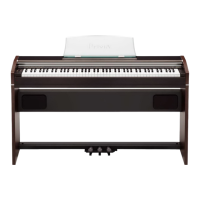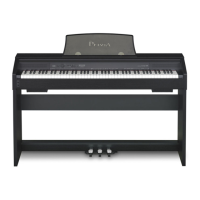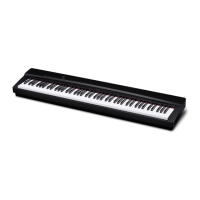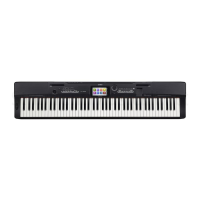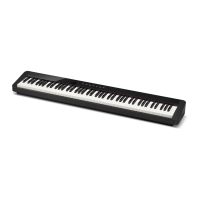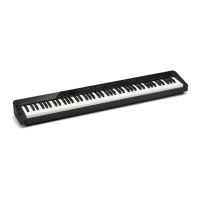What to do if the pitch of my Casio Privia PX-850 is off?
- JJacob MathisJul 26, 2025
If the pitch of your Casio Musical Instrument is off, consider the following: 1. The key setting may be something other than “440.0Hz”. Change the key setting to “440.0Hz”, or turn the instrument off and then back on again. 2. The tuning may be incorrect. Adjust the tuning, or turn the instrument off and then back on again. 3. Octave shift may be enabled. Change the octave shift setting to 0. 4. A non-standard temperament setting may be in use. Change the temperament setting to “00: Equal”, which is the standard modern tuning.
